Spring is just around the corner, and for many Vancouverites, that means one thing: running season is here! With breathtaking routes ranging from urban pathways and greenways to scenic seawalls and extensive trail networks, it’s no wonder our city is a paradise for runners. Add hundreds of running events—from intimate 5k community races to massive showcases like the Vancouver Sun Run and the Vancouver Marathon—and you’ve got the perfect setting to lace up and hit the road or trail.
However, as more runners hit the pavement and dirt, the incidence of running-related aches and injuries inevitably increases. While running injuries are common, they’re far from inevitable and don’t need to derail your training. As physiotherapists who specialize in supporting runners, we’re here to provide expert guidance to help you stay strong, healthy, and on track for your goals. Here’s how:
Avoid the “Too Much, Too Soon” Trap
The majority of running injuries occur because runners increase their training load too quickly. Building your endurance takes time, and gradual progression is key.
Tips for success:
Ease back into running: If you’re coming off a break or winter downtime, don’t expect to pick up where you left off. Start with shorter distances, slower paces, and fewer weekly runs, and allow your body to adapt gradually.
Adjust training variables incrementally: Runners often play with three key variables:
Duration: How long you run.
Intensity: How fast you run.
Frequency: How often you run. To minimize injury risk, modify only one variable at a time as your fitness improves.
Listen to your body: If you feel a niggle (a mild, persistent discomfort), reduce your volume or intensity and let your body recover.
Prioritize Strength Training
Strong muscles provide better support for your joints and improve your running mechanics. Investing just 20 minutes twice a week in strength training can help prevent overuse injuries and keep you off the treatment table.
Leaning Calf Raise: Targets the muscles supporting your foot arch and enhances power transfer.
Kickstand Hip Hinge: Strengthens the glutes and the lateral hip—key stabilizers for runners. Focus on isolating your stance leg and keeping your movements controlled.
Single-Leg Squats: Improves strength and corrects side-to-side imbalances. For added support, use the opposite leg as a “kickstand.”
Side Plank with Rotation: A full-body drill that builds core stability and upper-body mobility while challenging the pelvis and lower body.
Pro tip: Perform each exercise to the point of muscle engagement, aiming for 2 sets of 8 reps per side. Customize this based on your individual needs and ensure consistency for optimal results.
Be Proactive When Issues Arise
While injuries aren’t always avoidable, early intervention is key. If a niggle persists despite adjustments to your training, book an appointment with a physiotherapist. Addressing issues early can prevent them from escalating and keep you on track toward your goals.
Ready to Run Pain-Free?
COAST physiotherapist James Cook has extensive experience helping runners like you train smarter and stay injury-free. Whether it’s injury prevention, performance optimization, or recovery from a specific concern, his tailored approach ensures you’re supported every step of the way. Don’t let running-related discomfort slow you down—book your appointment today, and let’s work together to keep you moving toward your best running season yet.
Ready for your best season yet? Book an appointment with James Cook!




